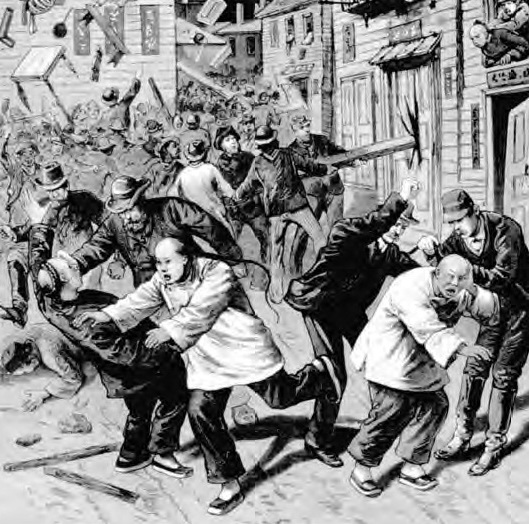When Wilson ran against Roosevelt in the election of 1912, the two men were both running on a Progressive reform platform. Roosevelt pushed for a New Nationalism, accepting the power of trusts and proposing some new reforms to widen the power of the federal government's control over them. Wilson, however, pushed for a New Freedom. He wanted to dismantle monopolies and unfair policies that neglected small farmers and business owners. Wilson wanted to restore free enterprise and create a competitive market. Wilson's New Freedom campaign won the election.
Woodrow Wilson attacked the tariff, banks, and trusts. He saw these three entities as the "triple wall of privilege."
Tariffs hurt the small farmer while expanding the wealth of prominent industrialists. Wilson created the Underwood-Simmons Act in 1913 to reduce tariffs. It decreased the rate from 40% to 26% and lead to the creation of an income tax under the sixteenth amendment. He also signed the Clayton Anti-Trust Act, banning price discrimination. Wilson's efforts to help the average American lead to the inclusion of Federal-aid and Social Welfare reforms.
The public had a diminishing confidence in the small banks due to their collapses during various periods of depression. Wilson recognized this and also saw banks as a threat to small farmers and small businesses. The Gold Standard Act, passed by President McKinley, made gold the only standard for redeeming paper money. This made loans too expensive for the average American to take advantage of them. When Wilson became president, he created the Federal Reserve which allowed the countries currency to be more flexible.
Wilson wanted to break up the monopolies and trusts which made it difficult for small businesses to be successful. He passed the 1914 Federal Trade Commission Act that monitored American business practices. The government would be able to intervene when unfair trade practices were being used or when competition was hindered.










